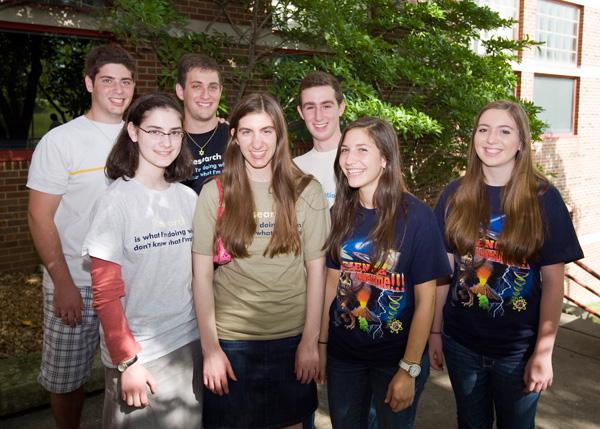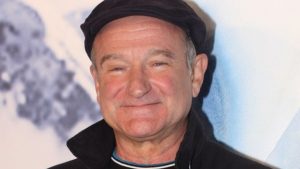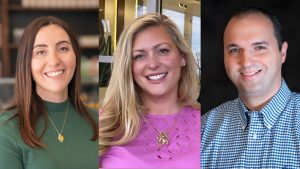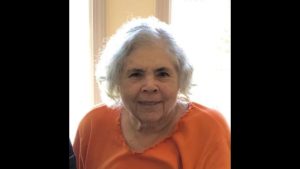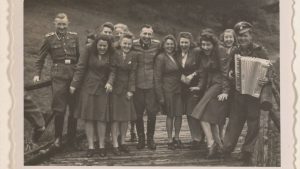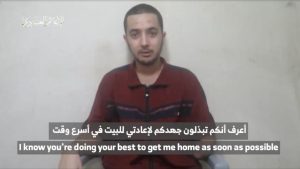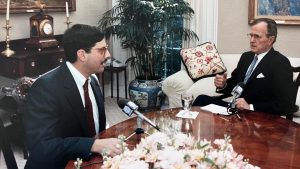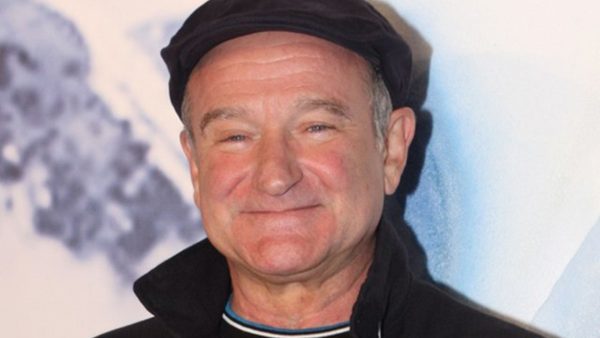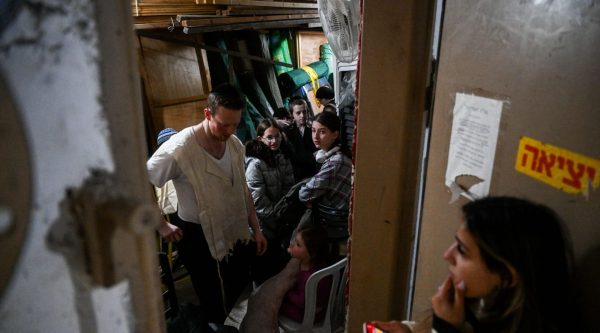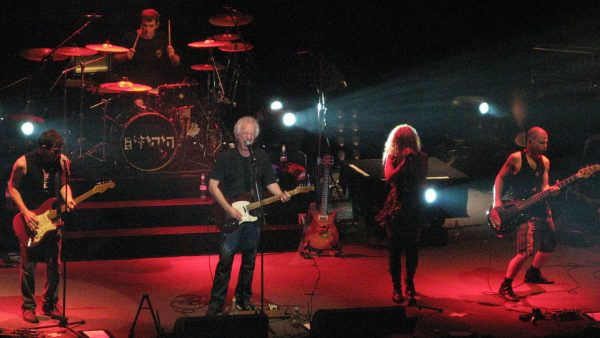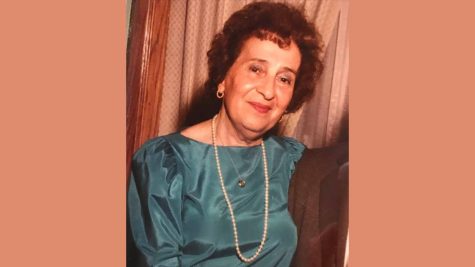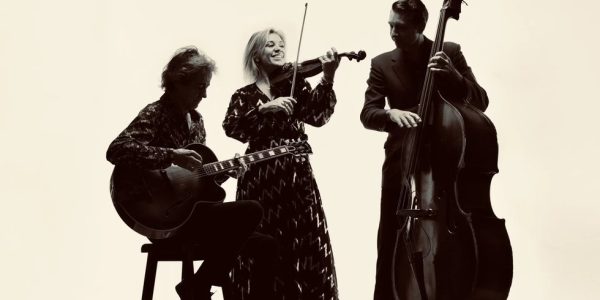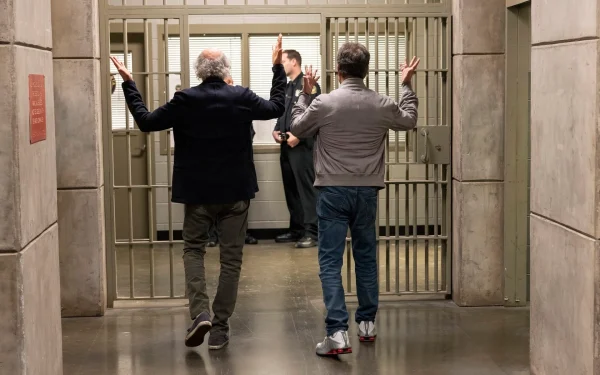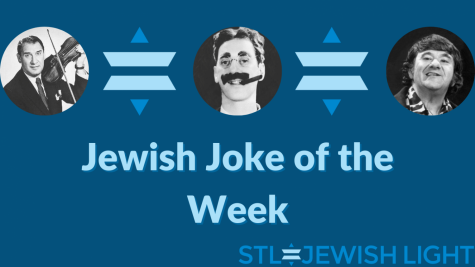Summer program puts spotlight on young scientists
Published August 1, 2010
There are summer camps for sports and for music. But what if your bright, talented high schooler plans to become a doctor or a research scientist? There is a “camp” for that, too, thanks to University of Missouri’s STARS program.
Students and Teachers As Research Scientists is a six-week summer program aimed at giving high achieving high school students research experience with top scientists from Washington University, St. Louis University, University of Missouri-St. Louis, Donald Danforth Plant Science Center, St. Louis College of Pharmacy and Solae corporation.
“This is not shadowing … this is six weeks … of developing a research project, understanding what you are doing, developing some skills, doing some observations, writing up what you see and then interpreting it,” said Kenneth Mares, director of the STARS program at UMSL, which took place there in June and July. Students pick their own mentor, write and present papers on their research and sometimes even get published. Sixty-two students from 28 high schools participated this year. “This was an outstanding group,” Mares said.
Among the group were eight Jewish students: Danielle Baron, Jesse Drapekin, Paul Lisker, Johanna Lowell, Leigh Ryffel, Sydney Schein, Avital Shulman and Zach Weinstock.
Students research individually. “Twice a week we are together (for lectures and career workshops) and then we have social events once a week. The lectures are really question sessions and then we have a luncheon at the end of every lecture session,” said Danielle, who attends Young Israel and worked with Wendi Neckameyer at SLU. “My project is studying how fluoxetine – Prozac – affects your stress response circuitry,” she said. Her experiment used fruit flies and measured heart rates under stress. “I did not expect to have as much fun as I did … but I also learned a lot with the (research) paper. It was a challenge,” she added.
Avital Shulman, daughter of Rabbi Moshe Shulman of Young Israel, worked on her project, “Embryonic Stem Cell Differentiation Along the Oligodendrocyte Lineage: The Effects of Morphine,” with Mariana Beltcheva at SLU.
“We studied the effect that morphine has on (cell) differentiation,” she said. “It was definitely a very interesting experience and I enjoyed it very much.” Like Avital, many students continue their research beyond the six-weeks.
Avital and Danielle are considering medical careers. “That is typical,” said Mares. “Very few kids are interested in mechanical engineering or electrical engineering. It is almost all … life sciences.”
Zach Weinstock, who attends Shaare Emeth, worked with Michael Anch at SLU. “My project focused on a portion of the brain called the basal ganglia, which has previously been associated primarily with movement,” he said. Recent studies indicate it may be associated with sleep. “They found abnormal inactivity in insomniacs.” Zach used rats as subjects and looked for changes in sleep in brain-damaged rats.
“It was really cool,” he said. “I really expected to have a fun time, I knew it would be really interesting. I learned so much, it was just so cool.”
Zach added that he was surprised by how much he learned from the lectures and how many new friends he made. “We got to go see a baseball game, that we won at the very last second,” he said. “We saw ‘Toy Story 3,’ which was really good… And then we had some awesome ice cream. At the baseball game, we got tons of fudge, which was cool.”
“We try to make it fun,” said Mares. Activities also included two St. Louis Symphony Orchestra concerts, which was a special highlight for the many students who are musicians.
Sydney Schein worked at the Donald Danforth Plant Science Center with Sona Pandey, studying the soybean genome. “Unlike arabidopis,” she said, referring to a plant common in genetics research. “Soybeans are an important crop. Understanding the chemistry of soybean G proteins may help make it possible to make it a more drought-resistant plant, to help with hunger around the world,” Sydney said.
“It was a lot more high-tech than I thought it would be,” she said about the Danforth lab.
Jesse Drapekin and Paul Lisker worked together. Paul belongs to Traditional Congregation and Jesse belongs to B’nai Amoona. Their project, completed in the lab of WU professor of otolaryngology Dr. J. Gail Neely, was entitled “Exploring the Dominant Axis in Facial Expressiveness During Human Communication.”
“What we are doing, very simply put, is looking at whether how expressive you are depends on the left-right axis or the up-down axis (of the face),” said Jesse. “They found it mostly depends on the upper half of the face, the eyes and brow. “When that moves more, you are perceived as more expressive.”
Mares believes publication is likely for the young researchers. “Neely is going to invite them to a regional conference where they will actually present to other physicians the findings of this past summer,” he said.
Jesse and Paul, who both want to be doctors, got a bonus – dissecting a head. “And also we got to go to the operating room, which was very cool,” Jesse said.
Johanna Lowell, who attends Central Reform Congregation, worked with Terri Rebmann at the SLU School of Public Health on her project, entitled “Analyzing the Preparedness of Home Health Agencies for a Comprehensive Disaster Plan.” They surveyed home health agencies around the country on disaster preparedness factors, and analyzed responses statistically. “Essentially we were trying to find what needs to be worked on the most,” Johanna said.
The STARS program concluded with a ceremony last month at UMSL, with students receiving lab coats, certificates and pins. Speakers included Dr. David A Fischhoff, vice president of Technology and Strategic Development at Monsanto and UMSL Chancellor Thomas George, who offered scholarships. The ceremony included a slideshow of the students in their labs, put together by Jesse and Paul.
“We think there is a need out there,” Mares said. “There are all kinds of sports camps – football, basketball, even things like soccer and lacrosse…but if you are talking about camps that are going to stimulate a bright, talented kid in science, there just aren’t any intensive kinds of programs. There is plenty of opportunity for our athletes … but very limited roles for athletes in the professional level. But our country is not going to have too many physicians or too many PhDs in molecular biology.”



